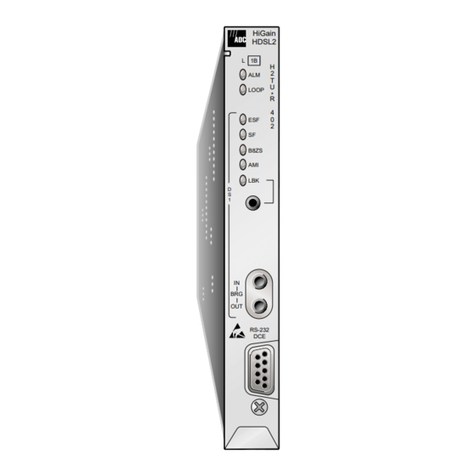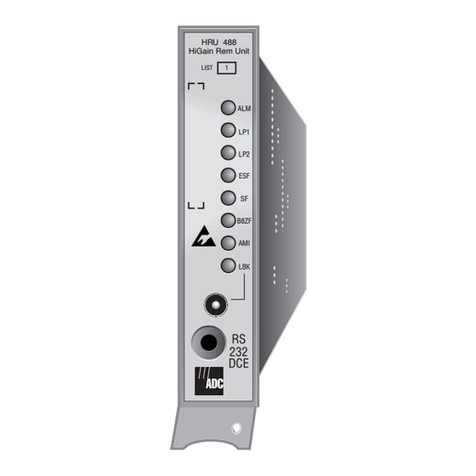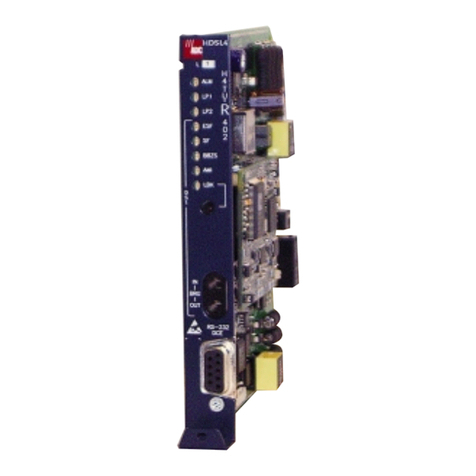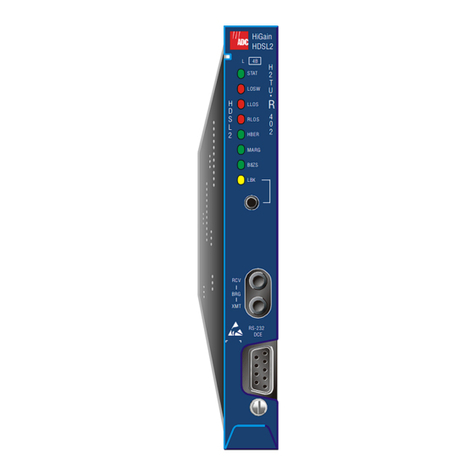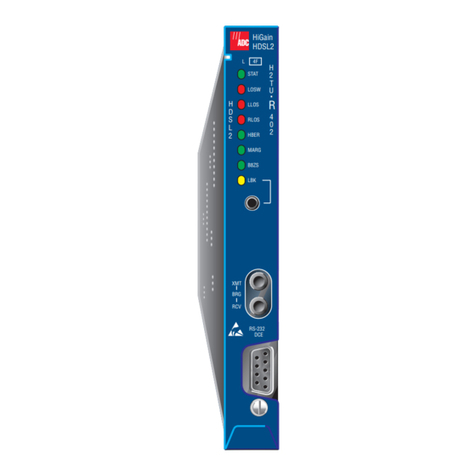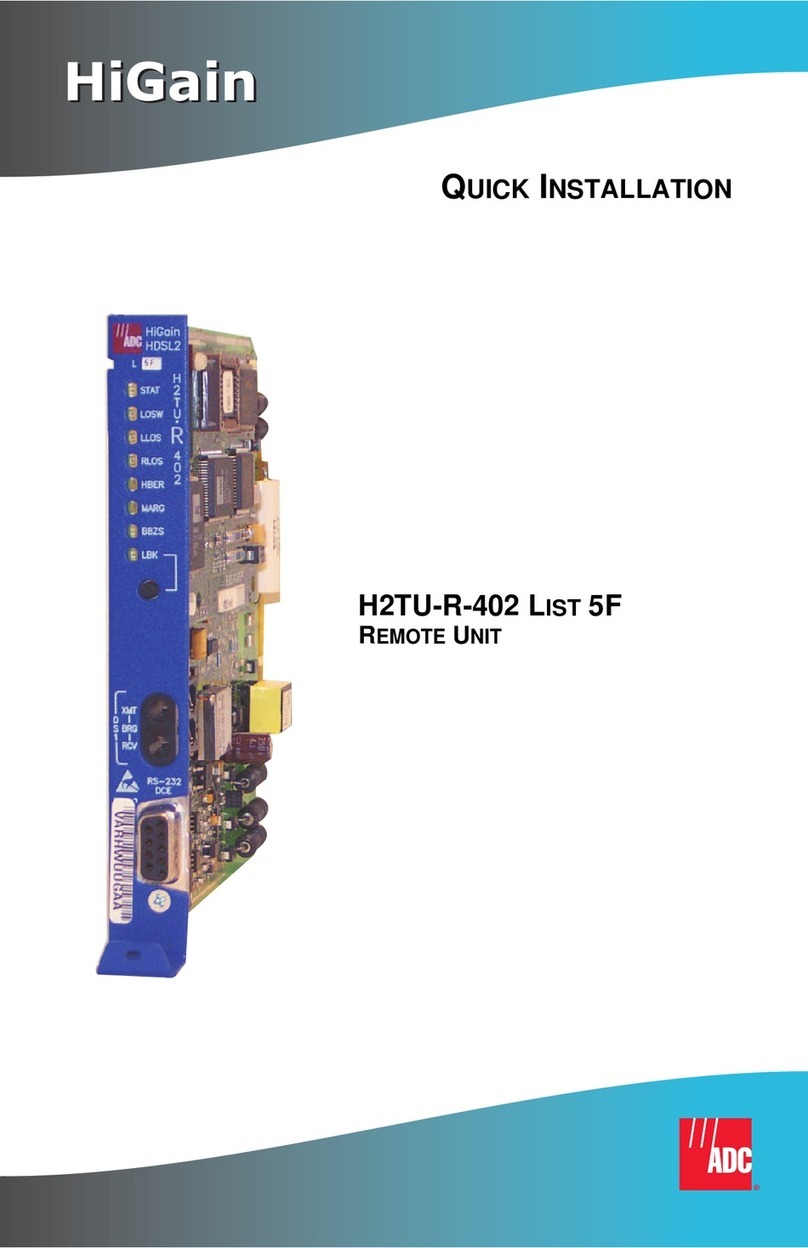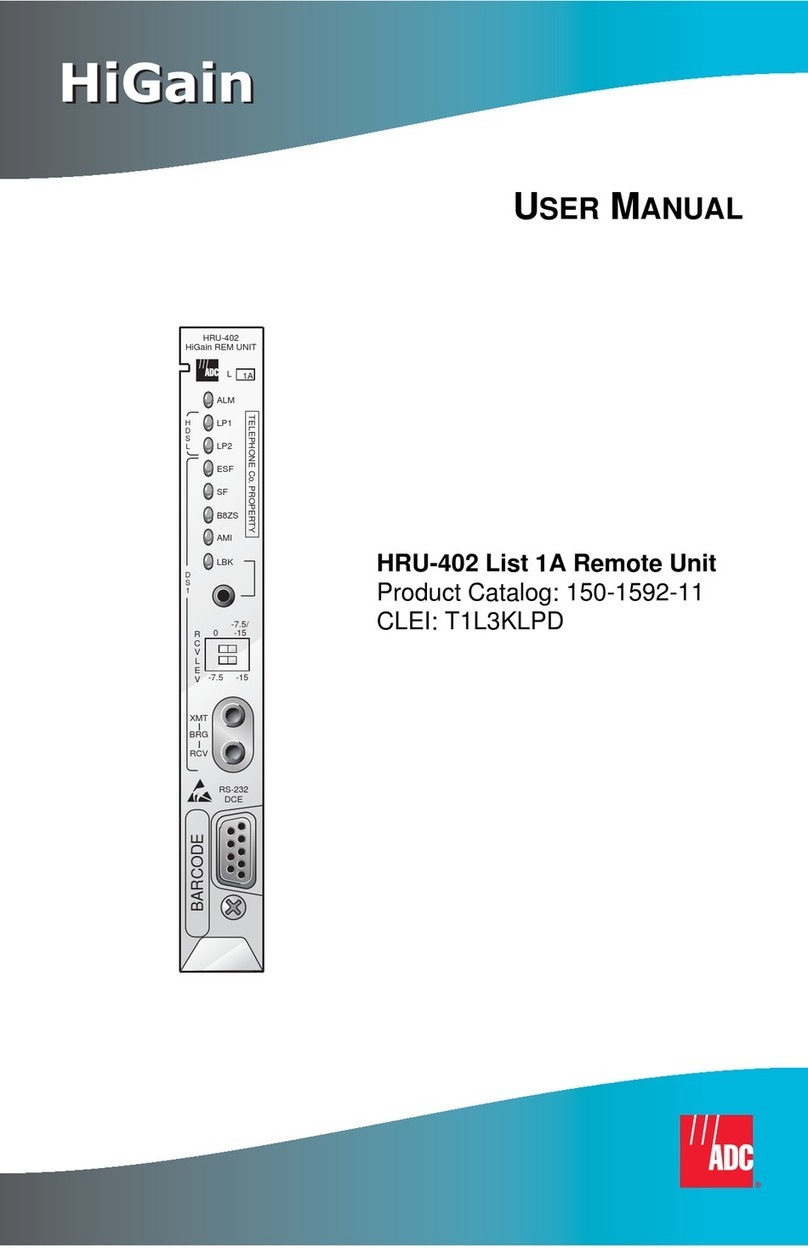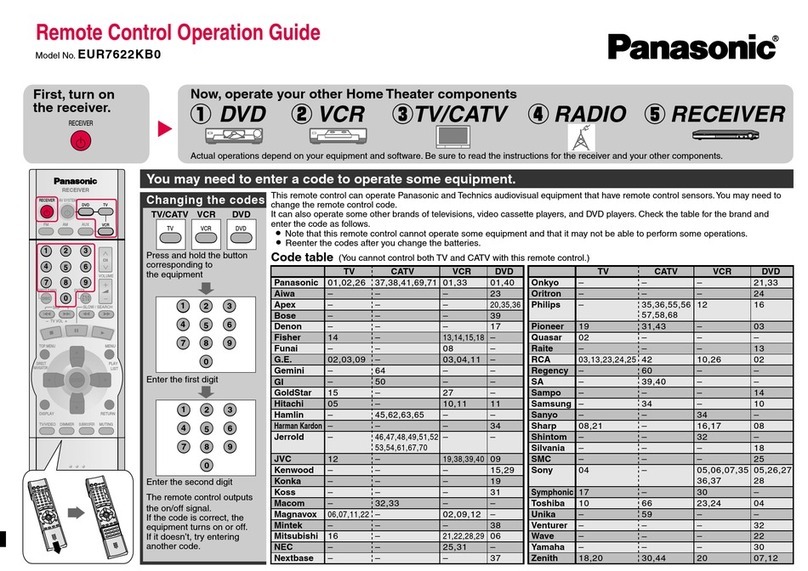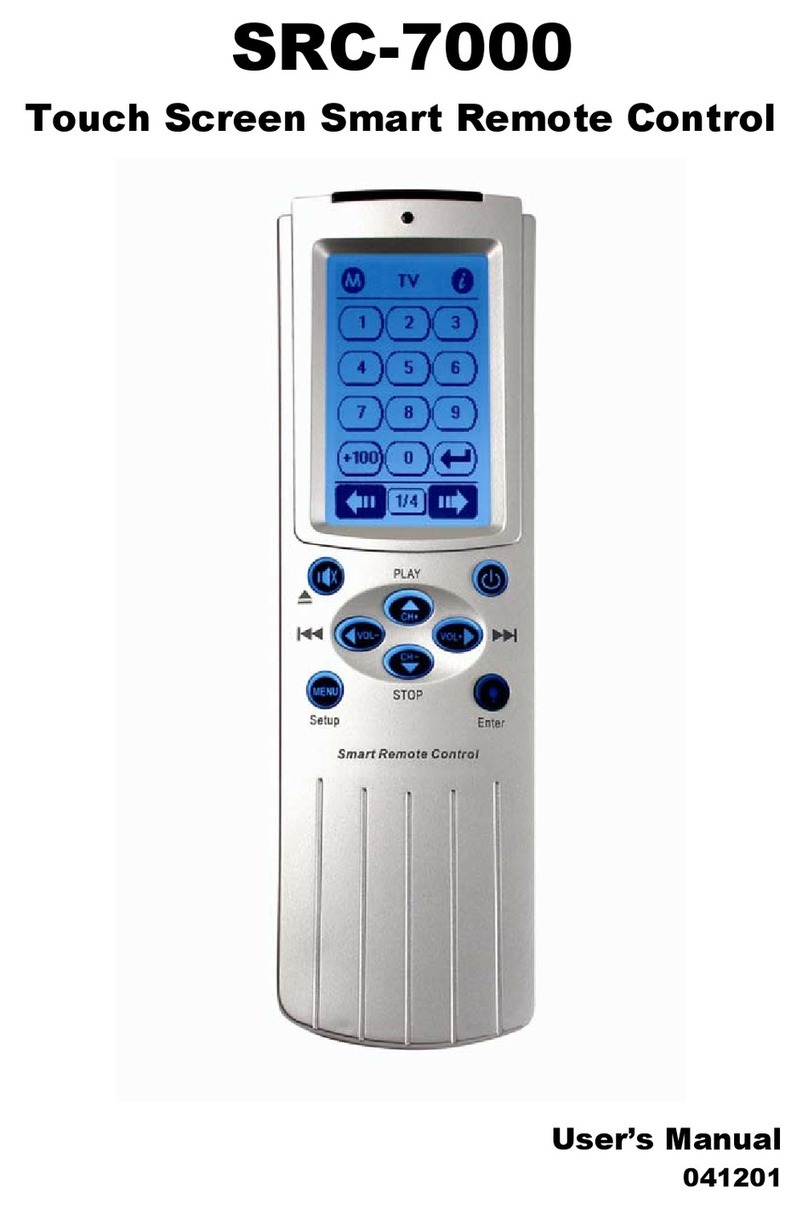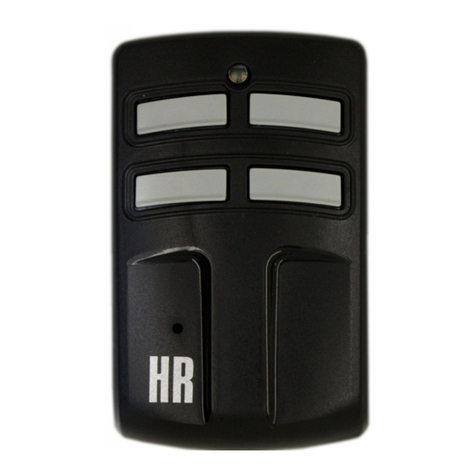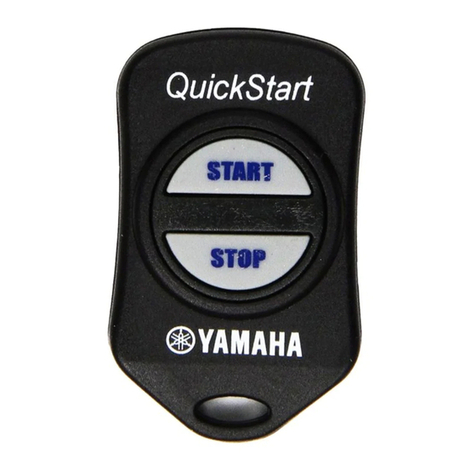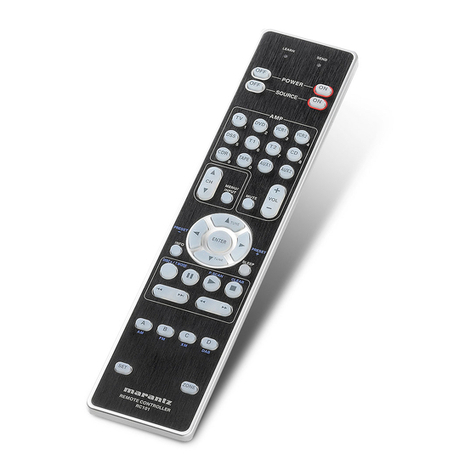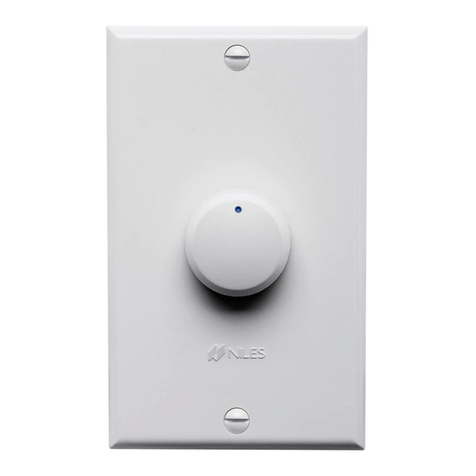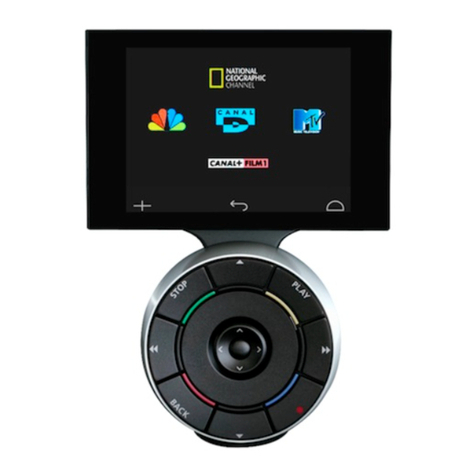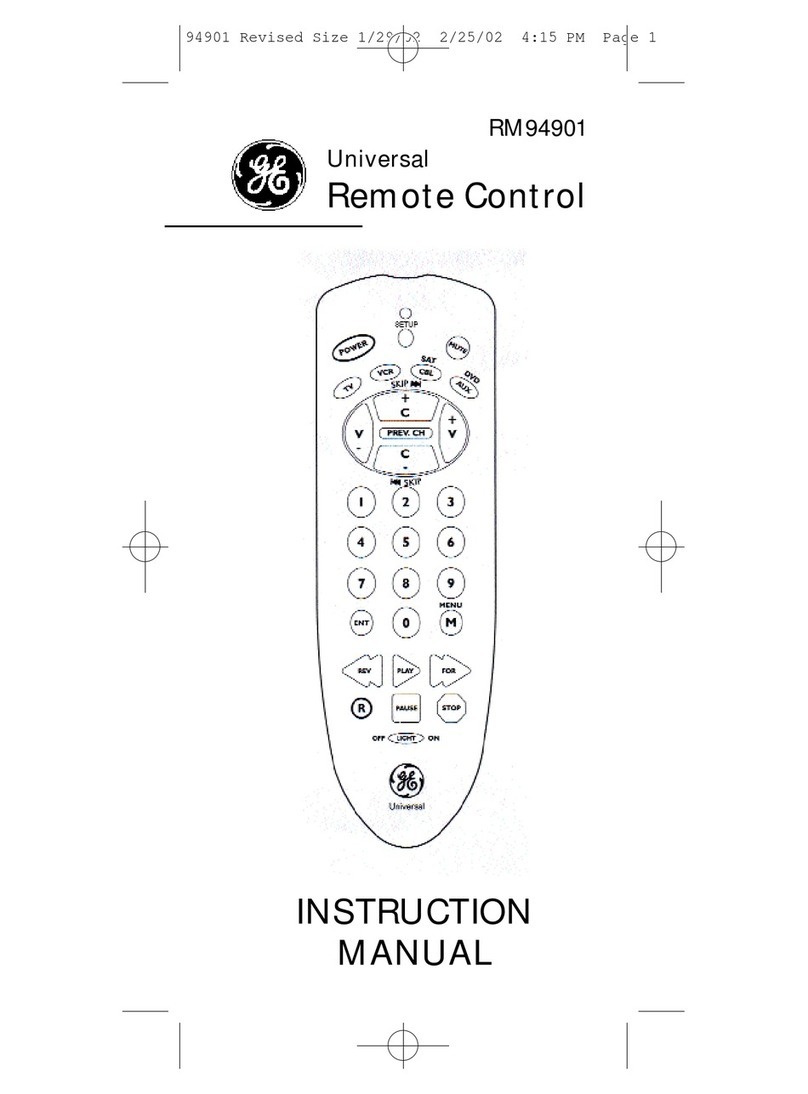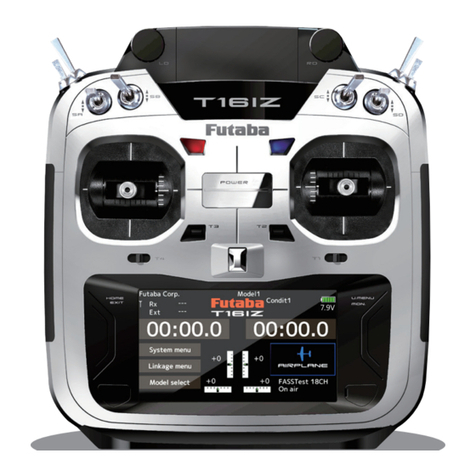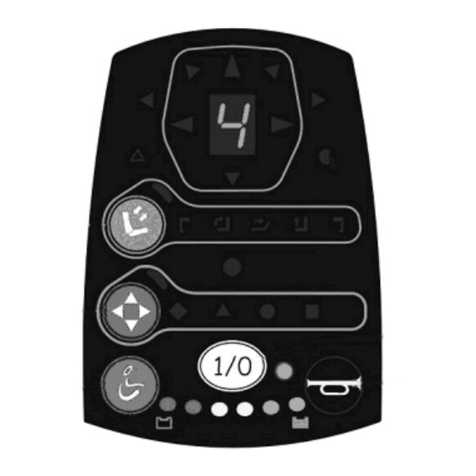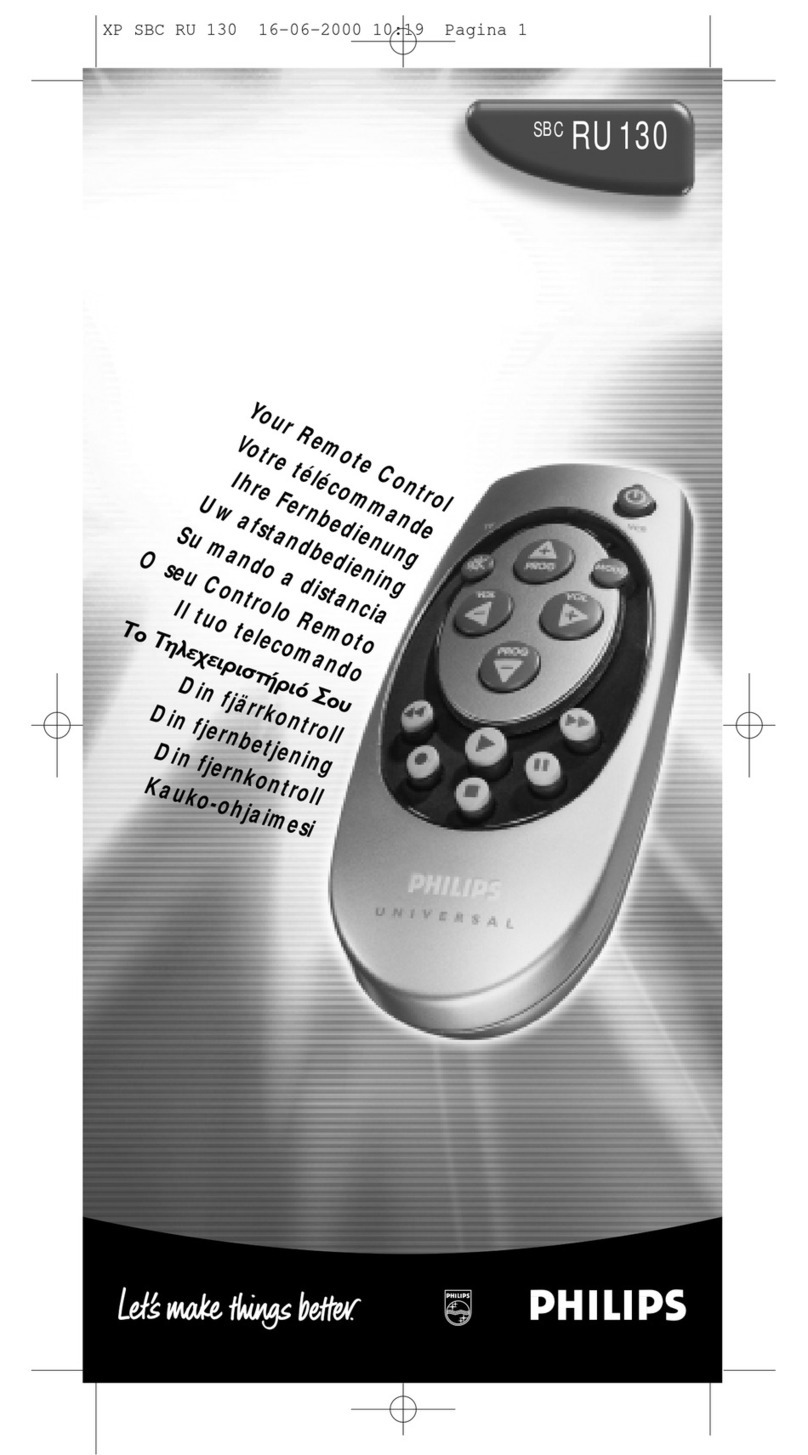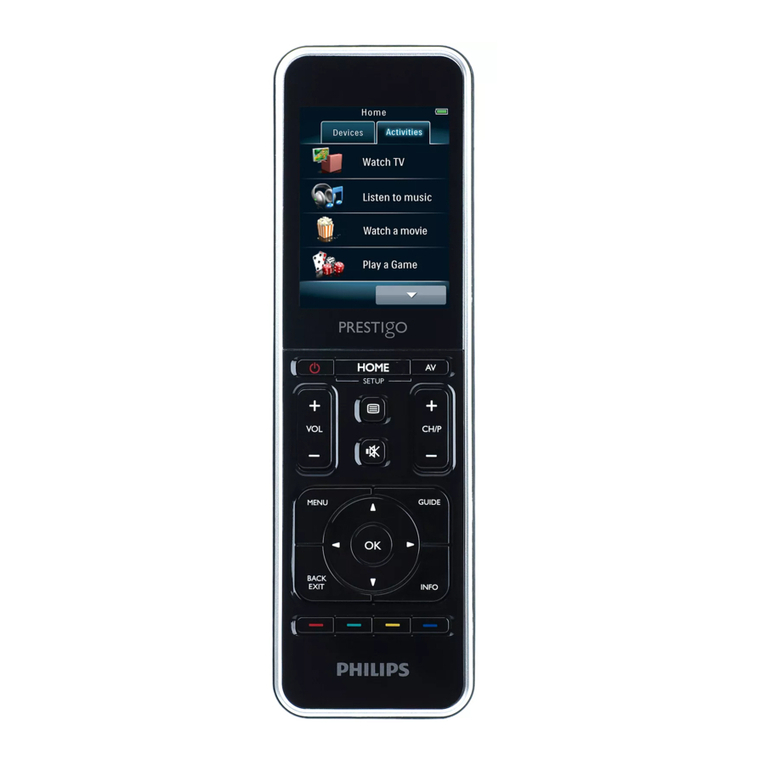
SCP-PRL771-012-05H PRL-771 Overview
PG-Plus PRL-771 January 6, 2003 1
PRL-771 OVERVIEW
This practice describes the ADC PG-Plus PRL-771 List 1B, a Remote Terminal (RT) enclosure that houses one
Remote Line Unit (RLU) and provides interfaces for up to six Plain Old Telephone Service (POTS) subscribers.
DESCRIPTION AND FEATURES
A ADC PG-Plus system provides bidirectional transport of multiple DS0s over a single, unconditioned wire pair using
High-bit-rate Digital Subscriber Line (HDSL) technology. Using existing cable, PG-Plus provides for higher
bandwidth needs of residential and business customers by providing multiple POTS interfaces on a single HDSL
twisted-pair wire. Figure 1 shows a minimally configured ADC PG-Plus system that consists of:
• One Central Office Terminal (COTS) shelf
• One Central Office Line Unit (COLU)
• One RLU housed in an RT
Figure 1. Typical PG-Plus System
Each COLU housed in a COT shelf interfaces with a corresponding RT. POTS or digital lines from a Central Office
(CO) switching system connect to the COTS and are sent by means of the COLU and the HDSL wire pair to an RT.
As an example, a 23-inch COTS can interface with sixteen different PRL-771 RTs providing six POTS lines each, for
a total of 96 subscriber lines. The COTS operates on standard -48 V dc CO battery and supplies power to the RT,
eliminating the need and expense of providing local power. A PG-Plus system with HDSL transmission and line
powered RTs therefore results in fast, cost-effective solutions to POTS deployment over minimal copper facilities.
METALLIC FALLBACK
Metallic fallback provides a direct connection from the CO to one subscriber under fault conditions. Service is
provided to the subscriber assigned to the POTS line in the affected COLU. At the RLU, the system exits metallic
fallback and attempts to synchronize if either POTSor the HDSL Tip to Ring pair is shorted for at least three seconds,
and then released for at least three seconds. Otherwise, the COLU checks for the presence of an RLU every five
minutes. If an RLU is present, the system begins HDSL synchronization acquisition.
Relays in the COLU and RLU under control of the PG-Plus PAU provide a path for Subscriber Drop Testing (SDT)
and metallic fallback operation. These relays are used to establish a circuit to POTS # 1 during fault conditions and
to provide for drop testing of the selected subscriber line from the CO location.
